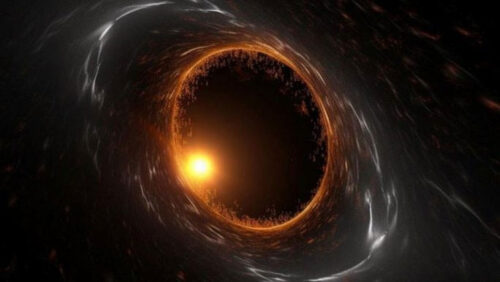
In a groundbreaking discovery, a massive black hole with a mass 10 million times that of the Sun has unveiled an awe-inspiring image from a world more than 13.2 billion years ago.
This monstrous black hole, which predates the birth of the universe by a staggering 570 million years, showcases its devouring power in a captivating image captured by the James Webb space telescope.
The findings shed light on the early stages of the universe and offer valuable insights into the growth of black holes during that time.
Unveiling the Oldest Black Hole:
Scientists analyzing observations from the James Webb space telescope have identified yet another member of the “monster world” that existed in the dawn of the universe.
This newly discovered black hole is the oldest known to mankind, emerging after the Big Bang that gave birth to the universe approximately 570 million years ago.
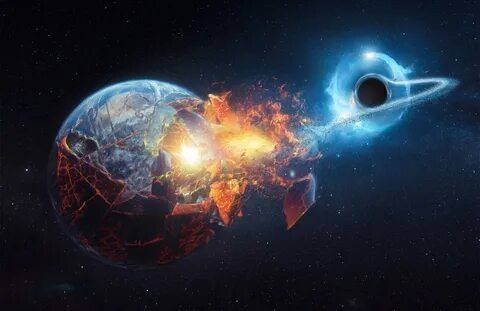
Situated within one of the earliest identified galaxies, CEER_1019 (formerly EGSY8p7), this monstrous black hole and its host galaxy reside over 13.2 billion light-years away from Earth.
The Power of James Webb Telescope:
Developed and operated primarily by NASA, with support from ESA and CSA, the James Webb space telescope is the most powerful of its kind. Its expansive field of vision enables it to capture images from the early universe, unveiling the distant past of our cosmos.
The image of this monstrous black hole, situated in CEER_1019, provides scientists with a glimpse into a time over 13.2 billion years ago, enabling them to deepen their understanding of the early universe and the rapid growth of black holes.
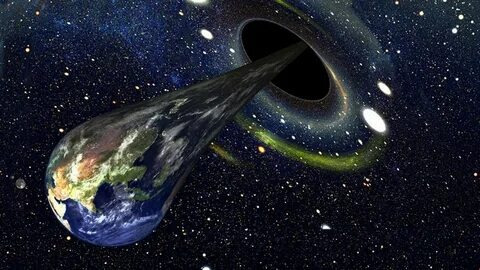
A Window into the Past:
The image captured by the James Webb telescope showcases the monstrous black hole actively consuming matter from the early universe, resulting in a distinct emission spot. Although the Lyman-alpha emission, commonly associated with neutral hydrogen ionization in star formation, is present, it is not indicative of star formation in this case.
This peculiar black hole represents not only an ancient object but also a potential transitional phase between the oldest known objects and the galaxies and giant black holes that emerged several hundred million years later.
Insights from Astrophysicist Rebecca Larson:
Astrophysicist Rebecca Larson from the University of Texas at Austin confirms the growth of this black hole in a study published online on arXiv, awaiting peer-review for publication in The Astrophysical Journal.
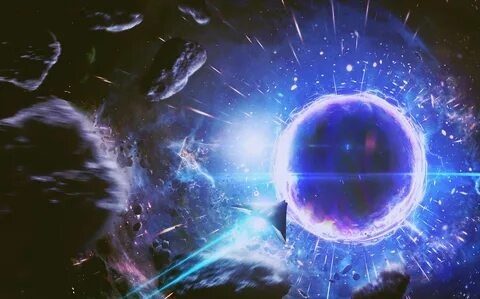
The black hole’s voracious appetite for the limited matter of the early universe resulted in an unusually wide emission spot. Its uniqueness lies in the fact that it might represent an ancestor or an entity that evolved into an extremely large quasar—a disguised star known for violently consuming matter.
Continued Exploration with James Webb:
Scientists eagerly anticipate further data from the James Webb telescope to unravel even more ancient and profound mysteries.
They hope to gain a deeper understanding of galaxies and black holes that predate this intermediate object, enabling them to unravel the beginnings of the universe.
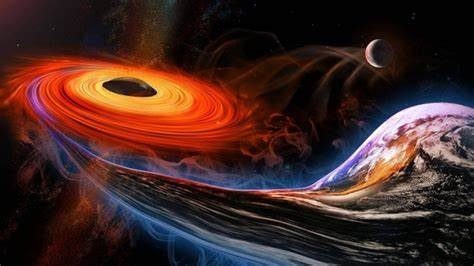
The discovery of a monstrous black hole from over 13.2 billion years ago offers a timeless image of the early universe.
With the James Webb space telescope leading the way, scientists are uncovering invaluable insights into the growth and behavior of black holes during this formative period.
This remarkable finding propels us closer to understanding the origins of the universe and how it evolved into the awe-inspiring cosmos we know today.
